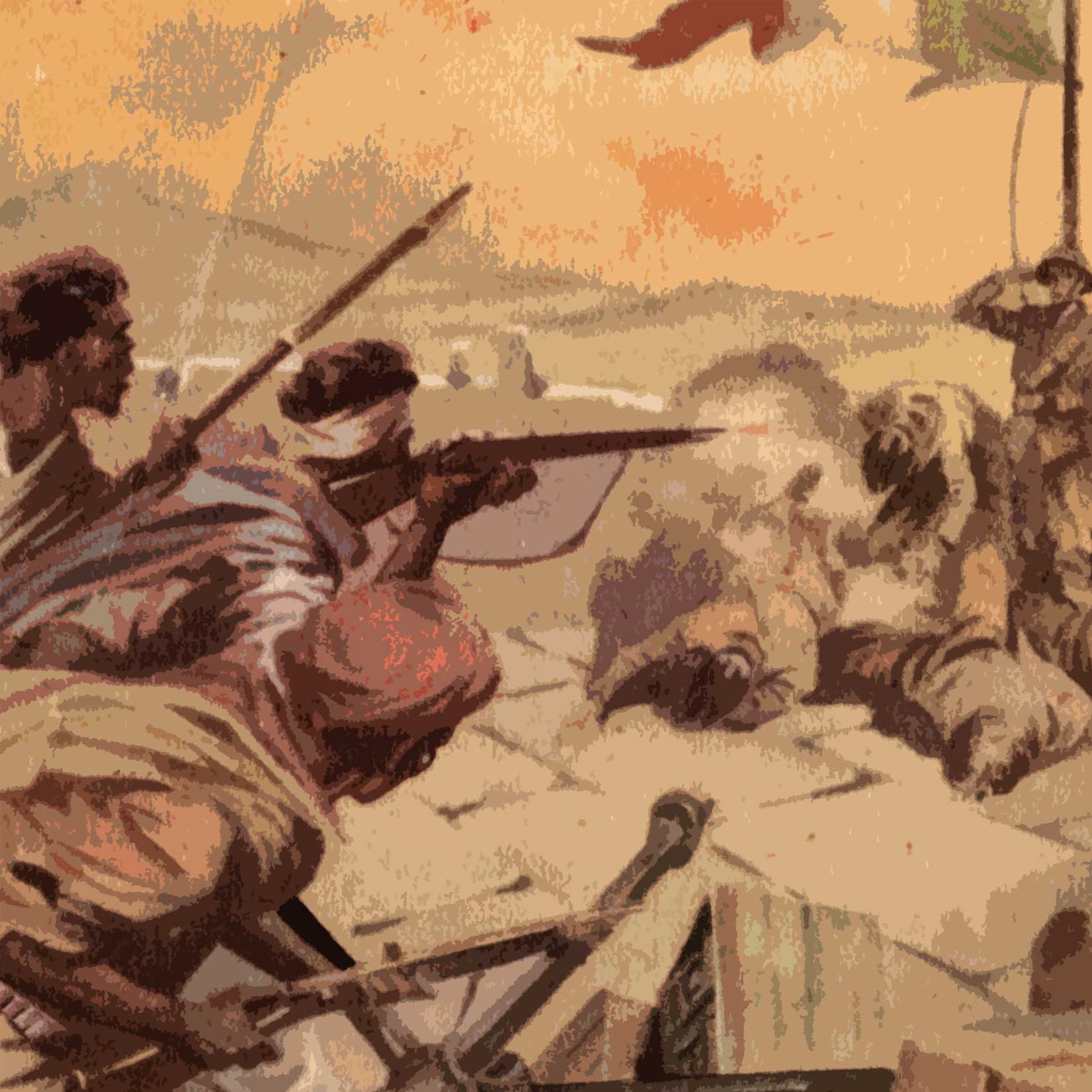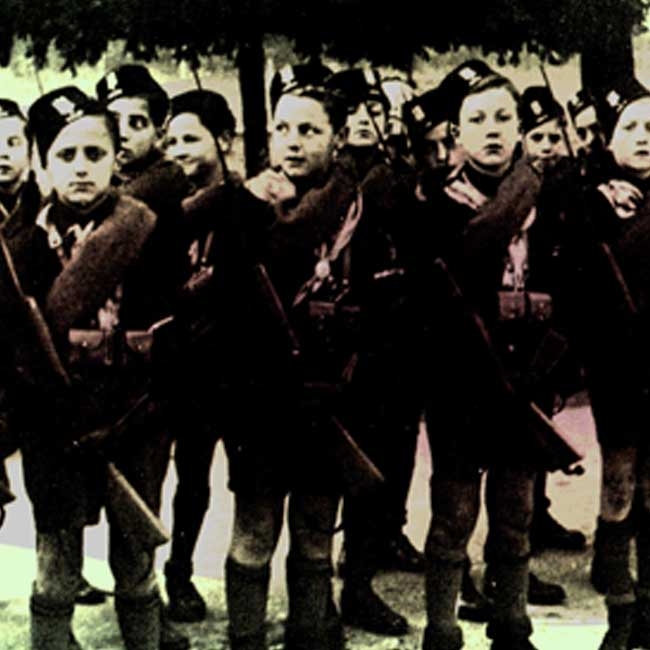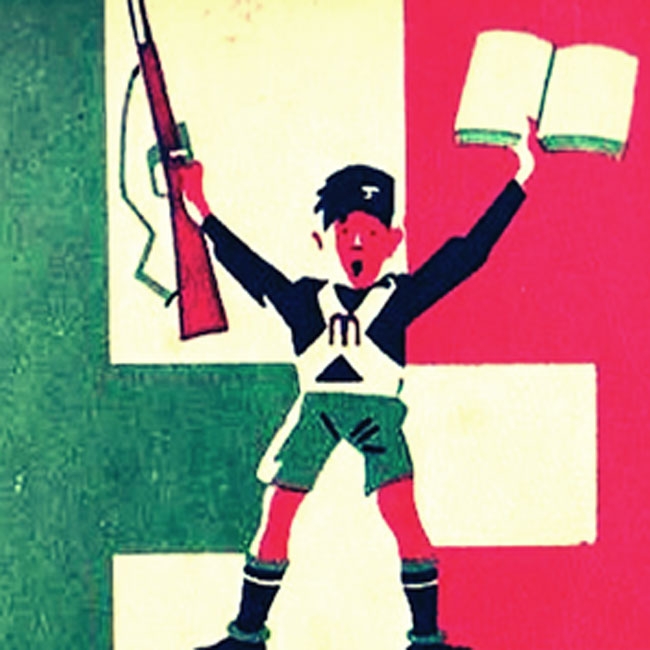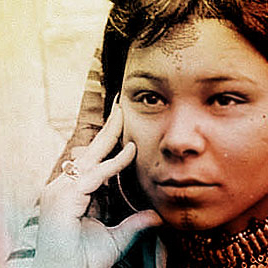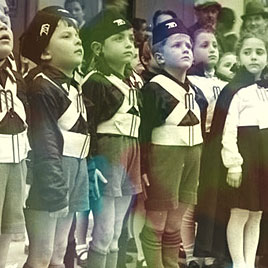POLITICAL SONGS AND PROPAGANDA
At a time when songs in the Italian language were still in the process of gestation, protest songs – together with patriotic anthems – provided a national repertoire for use by those populations who were dissatisfied with their times and aspired to change them. These songs originated in the Po Valley, where the process of land reform which led to the concentration of land ownership first began. Several traditions and genres shaped this repertory: the verses narrating the hardships of the spinning mills and paddy fields stemmed from a peasant tradition, protest songs and political party anthems were rooted in the hymns of the bourgeoisie, while industrial folk songs drew from urban settings and craftsmen’s work songs. The coming into contact of hegemonic cultural heritage, folk production and popular tradition resulted in an unprecedented hybrid that contained elements from diverse traditions such as the rural (couplets, strambotti), urban artisan and bourgeois (anthems, opera, operettas, popular songs), socialist, military (marches), as well as storytelling formulas and styles associated with marginal social groups.
The traditions that emerged during the Risorgimento – a time that would prove to be a hotbed for the development of national music – became relevant again after 1880, when workers’ parties revitalized them with explicit protest themes. Spinners, miners, women workers in the rice fields, emigrants, factory workers and labourers were the protagonists of songs from various sources, including Garibaldian soldiers, republicans, anarchists, socialists, communists, and internationalists. Their dissemination was the work of bands, choirs, social songbooks, postcards with the lyrics of the songs, leaflets, almanacs, newspapers, and finally, records. During the Fascist period work songs changed political colour and were systematically adopted by the regime on every occasion in which it aimed to reassert its authority. Propaganda was voiced using traditional marches and anthems, as well as melodies more suited to the popular song format, which enjoyed widespread popularity with audiences during Italy’s various colonial adventures and World War II.

